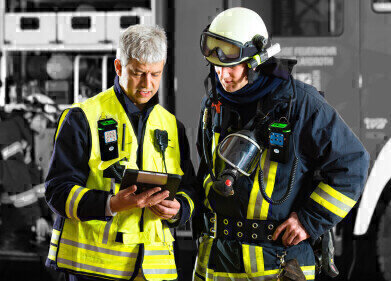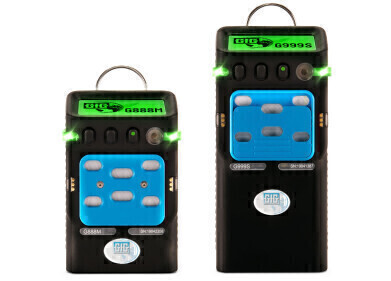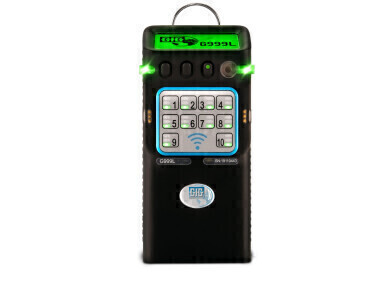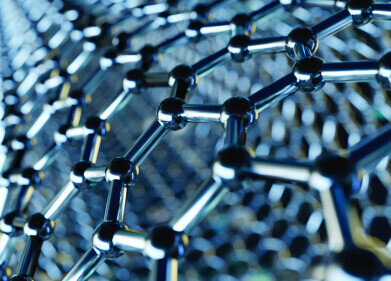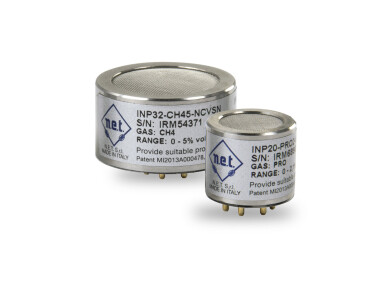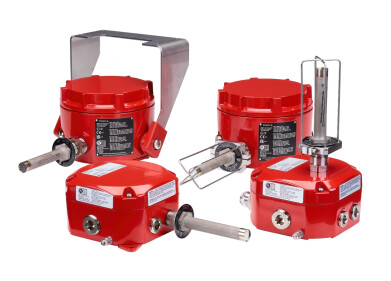Safety
Invisible Dangers in Firefighting – How to Combat What You Cannot See
Apr 18 2023
In a ranking of stressful work environments, fire departments would likely be among the top contenders. It is truly one of the few professions where every second counts, and every mistake might have severe consequences. That’s why it is important to supply firefighters with all the support we can.
The mental image of brave men and women running towards a burning building is certainly awe inspiring, but people tend to forget about the less obvious dangers firefighters face on their missions: smoke, toxic vapors and especially hazards from invisible gases are often just as much of a threat as the flames themselves, especially in industrial facilities. However, the most intimidating aspect of firefighting operations is often the uncertainty of not knowing which dangers you are going to face. When it comes to dangers from invisible gases, GfG’s portable gas detectors significantly increase the security of firefighting teams.
While the wide variety of combustible and toxic gases that may be present is one of the biggest problems on firefighting missions, other common dangers include carbon dioxide, oxygen deficiency and the “Toxic Twins” (carbon monoxide and hydrogen cyanide), which combine into a lethal chemical asphyxiant. Portable gas detectors by GfG will not only precisely measure the gas concentrations of multiple gases simultaneously, but are also small and lightweight, making them an essential part of equipment.
Our G999 series multi-gas detectors are equipped with up to 5 sensors, allowing for simultaneous detection of up to 8 different combustible and toxic gases as well as oxygen. With up to 130 hours of battery life (depending on the sensor configuration) these gas detectors will make reliable companions for many missions before needing to be recharged. For a smaller and more economic solution, we recommend devices of the G888 series instead.
Up to ten gas detectors of either series can be connected to GfG’s TeamLink. The TeamLink is a portable connected safety monitor, which uses radio communication to monitor the gas detectors of all team members in a central location. This ensures that any alarms activated either by local gas dangers, manually (‘panic alarms’) or – optionally – by a team member being motionless for a certain amount of time (‘man-down-alarms’) will be noticed immediately. The supervising person can then initiate the appropriate safety or rescue measures. If you would like the monitored values of all connected gas detectors to be displayed on a laptop instead, the G888/G999 Visual software will let you do just that. It also offers the possibility of sending short messages, such as “Are you okay?” to the connected devices, which can then be acknowledged by the respective user.
If you are still unsure which gas detection devices are right for your team, please do not hesitate to contact one of our product specialists. They are glad to help you choose the best individual solution for your requirements.
Digital Edition
PIN 25.5 Oct/Nov 2024
November 2024
Analytical Instrumentation - Picturing Viscosity – How Can a Viscometer or a Rheometer Benefit You? - Sustainable Grease Formulations: Evaluating Key Performance Parameters and Testing Method...
View all digital editions
Events
Jan 20 2025 San Diego, CA, USA
Jan 22 2025 Tokyo, Japan
Jan 25 2025 San Diego, CA, USA
SPE Hydraulic Fracturing Technology Conference and Exhibition
Feb 04 2025 The Woodlands, TX, USA
Feb 05 2025 Guangzhou, China
